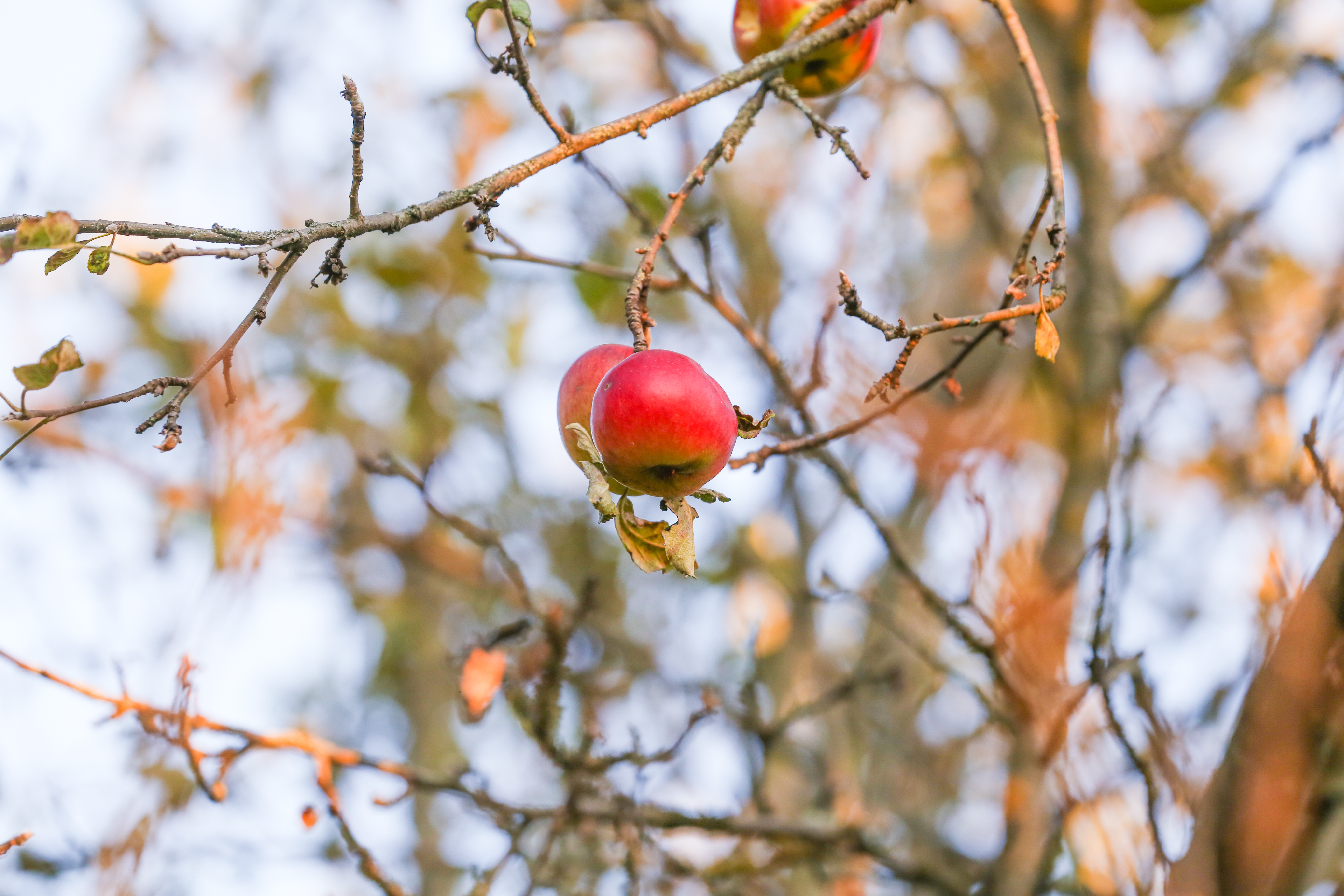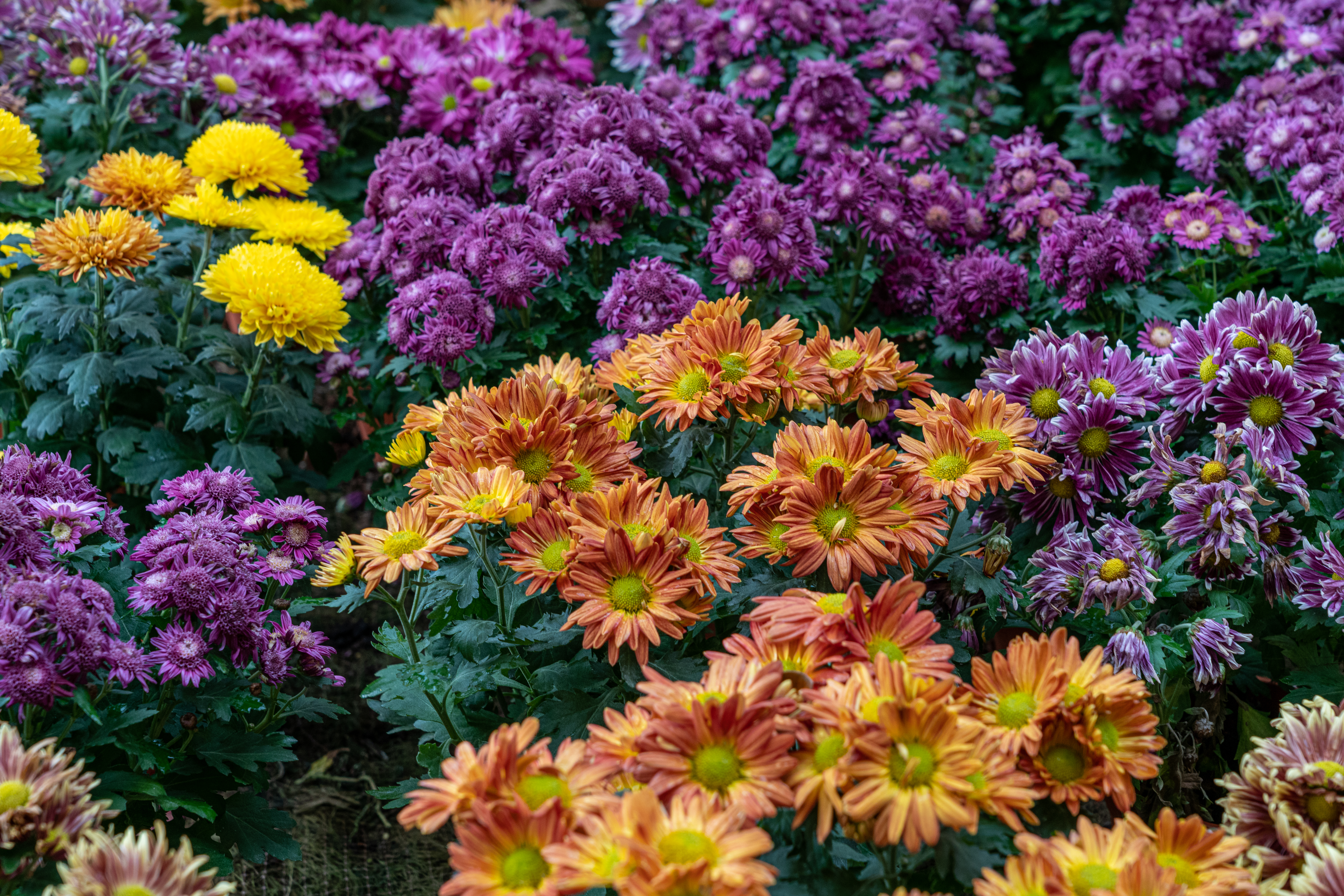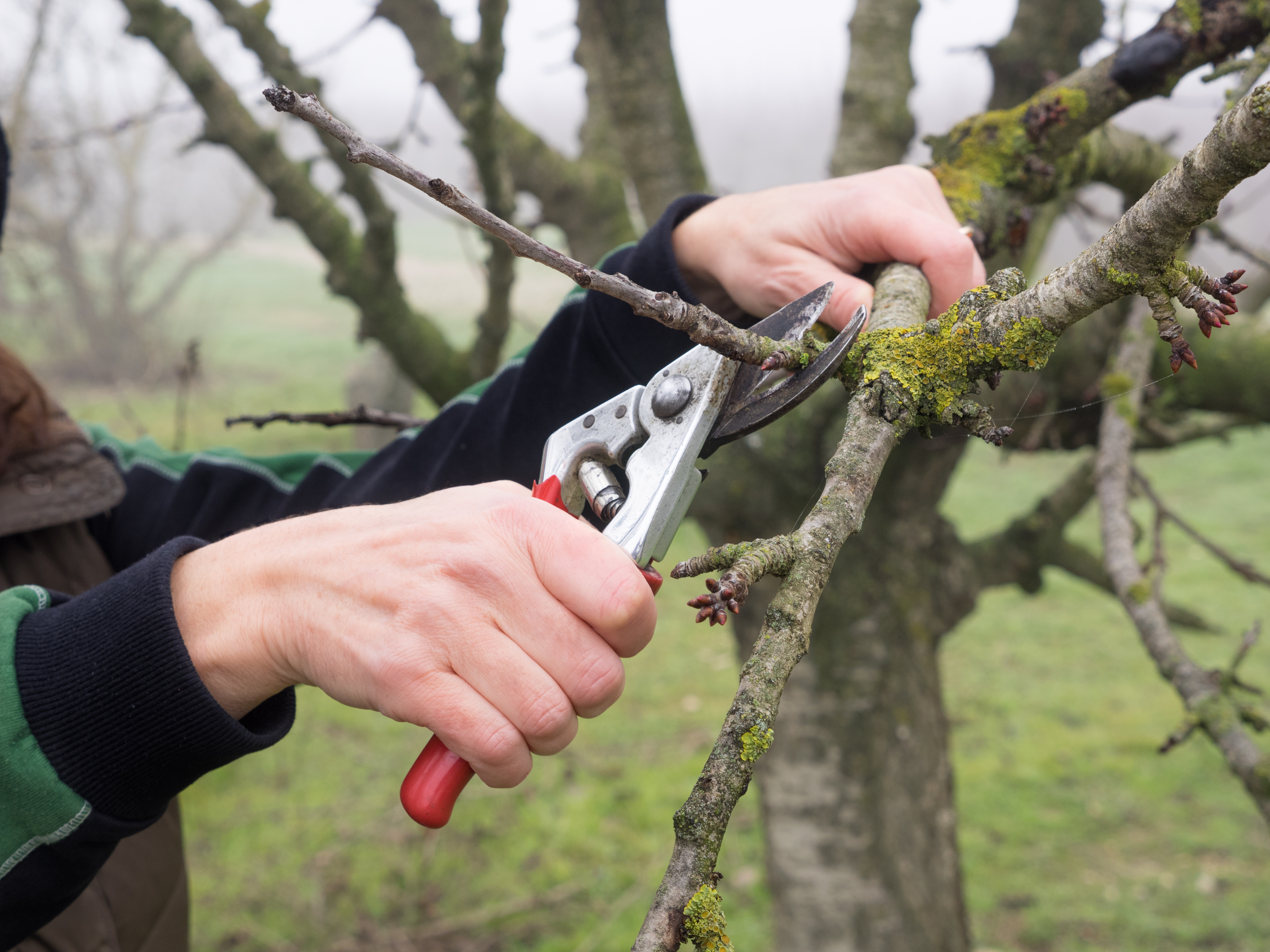Autumn has arrived! Up in the mountains, the icy wind came with it. Leaves turn fiery red and orange before falling one by one. Soon, your fruit trees might look a little bare. Don’t feel sorry for them, this is the perfect chance to peek inside the crown and see what’s really going on. And yes: it’s the right moment for a light autumn haircut.
But careful: not all pruning belongs in autumn. Heavy cutting is best saved for late winter, when trees are fully dormant and heal faster.
Light Autumn Pruning for Fruit Trees
- Dead or diseased wood → prevents fungi and pests from spreading. Always cut back to healthy wood.
- Branches that cross or rub → friction wounds invite infections. Choose the stronger branch and remove the weaker one.
- Twigs that block light and air → fruit needs sunlight to ripen, and airflow keeps diseases like apple scab at bay.
The goal is to create an open, airy crown where light can reach all sides and branches don’t strangle each other.

Don’t overdo it now
Major pruning is best in late winter (Feb–Mar), when trees are dormant. Cuts heal faster then, disease risk is lower, and you can see the whole crown clearly. After harvest, trees are “winding down.” Heavy pruning now stresses them.
So in autumn: tidy gently. Save reshaping for the winter salon appointment.
Pro tips
- Cut just above a bud or branch collar (the swollen base). That’s where healing starts.
- Use clean, sharp tools to avoid spreading disease.
- Angle cuts slightly so water runs off.
- Don’t remove more than 20–30% of the crown in one go (especially in older trees).
Perennials: Don’t Chop Everything!
Perennials like asters or coneflowers fade in autumn, and many gardeners feel the itch to mow them all down. But hold on! Leaving some of those stems and seed heads has surprising benefits:
- Winter interest: your garden doesn’t have to look like a bald patch in December.
- Wildlife shelter: dried stems are hotels for insects, spiders, and pollinators; seed heads feed birds.
- Spring helpers: old stalks mark where new shoots will emerge.
Rule of thumb: remove weak, mushy foliage now, but keep sturdy stalks and seed heads. In early spring, once frost has passed, cut them back to make way for new growth.
Think of it as giving insects a cozy winter spa retreat, or setting up a little Airbnb for bugs and birds.

Why the Hedge-Cutting Ban Exists
In Germany, the Federal Nature Conservation Act says: from March 1 to September 30, you may not do major cutting or felling of trees, hedges, and bushes. Why? Because that’s the prime bird breeding season. Many muncipalities enforce this strictly. And yes, fines could happen. Light trimming and maintenance is usually allowed, but always check for nests, local rules and specific species.
Quick Autumn Checklist
- Walk around your tree, mark dead or crossing branches.
- Use clean, sharp tools. Cut just above a bud or branch collar (no stubs!).
- Don’t remove more than 20–30% at once, especially in older trees.
- Leave perennials’ seed heads for wildlife and winter beauty.
- Dispose of infected wood separately, don’t compost it.
- Make notes for yourself (“apple tree cleaned, south side opened up”), future you will thank you.
With these steps, you’re setting up your garden not only for winter rest but also for a strong, healthy start in spring. And meanwhile, you’re giving wildlife a fighting chance. Win-win!
